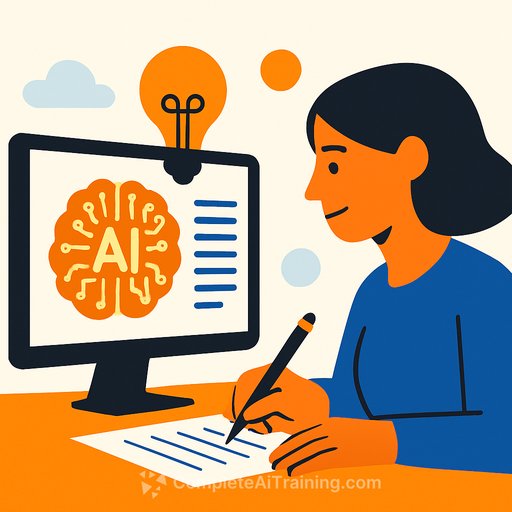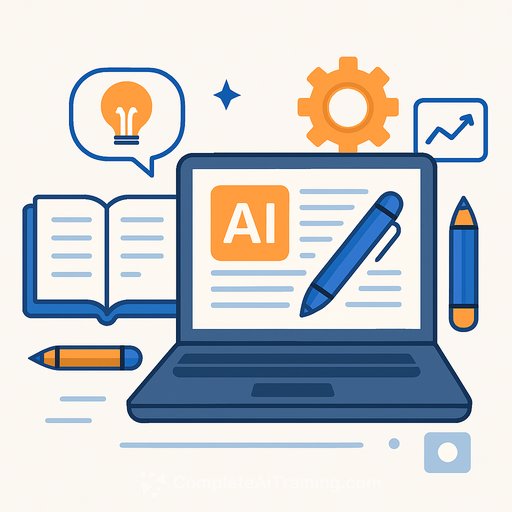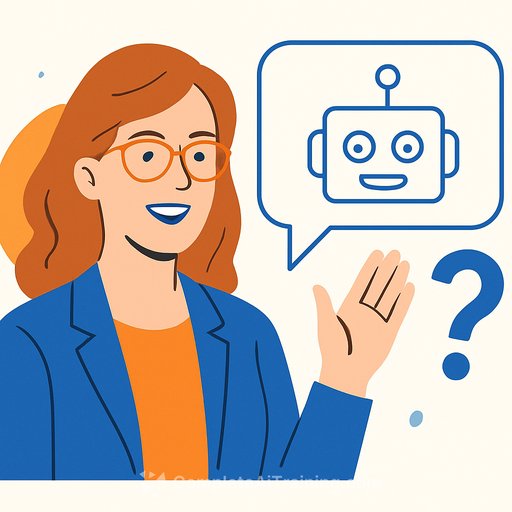Chatbots Learned to Write from Us. Can AI Now Change the Way We Think?
AI is flooding the internet, and as chatbots become part of daily life, experts warn this may create a feedback loop that narrows human creativity and alters how we think. Increasing reliance on AI could limit both our language and thought processes.
Automated traffic reportedly surpassed human-generated activity online for the first time in 2024, according to a report by Imperva, an online security platform. While exact figures are debated, the presence of AI-generated content is undeniably growing. As AI chatbots shape the language we consume, people start mimicking their style, leading to a uniformity that risks stifling originality.
“I worry about the homogenization of language being the canary in the coal mine for the homogenization of thought,” says Canadian futurist Sinead Bovell. She highlights how AI might influence not just what we say, but how we think.
AI and Social Media: Effects on Teens’ Cognitive Skills
Bovell estimates that over half of the text online is now at least partly AI-generated. She observes a noticeable sameness in writing styles on platforms like X, LinkedIn, and Substack. This uniform language makes it harder to distinguish human writing from AI output.
Typical AI writing patterns include symmetrical phrases like “It’s not just X, but Y,” frequent use of words such as “moreover,” lists, bullet points, often awkward metaphors, and a bland, neutral tone.
Morteza Dehghani, professor at the University of Southern California, researches this language homogenization and its impact on human thought and reasoning. His team found a spike in AI-generated text online after ChatGPT’s release in late 2022, along with a decline in linguistic variety and complexity.
How AI Is Changing Our Brain Activity
A recent MIT study examined how AI use affects brain function. Dehghani notes that even writers who don’t use AI directly adapt their style to match the AI-influenced writing their audiences expect. This creates a feedback loop reinforcing language uniformity.
USC researchers warn that large language models (LLMs) not only reflect but reinforce dominant writing styles, sidelining alternative voices and reasoning approaches. Because AI training data mostly comes from dominant online voices, marginalized groups often get excluded, deepening homogenization.
Since most AI tools originate from a few American companies, the cultural diversity in AI output is limited. This raises concerns about the foundations being built for future communication and thought.
AI Training on Its Own Content: A Growing Problem
John Licato, professor at the University of South Florida, explains that automated content consumption is higher than ever and likely to increase. Humans and bots amplify each other’s online presence, making it difficult to separate human from AI content.
He warns that if AI systems keep training on their own generated content, biases and errors will compound over time, degrading quality and increasing distortion.
“When you have AI that's continually trained on its own data, biases get worse after multiple generations. Mistakes get worse after every generation,” Licato says.
Preserving Diversity in Language and Thought
Experts emphasize the need to prioritize meaningful human diversity in AI design. Without it, AI risks erasing the variety that defines human society, limiting the technology's potential.
Bovell suggests that creating diverse training data and supporting open-source AI models are key steps. Proprietary models often lack transparency and may not reflect cultural variety.
Countries like Sweden are developing “sovereign AI” to better mirror local cultures. Since language shapes how societies reach consensus and progress, AI tools must reflect the full diversity of their users.
- Recognize AI's influence on language to maintain authentic human expression.
- Support diverse and inclusive AI training data to prevent cultural marginalization.
- Advocate for transparency and open-source AI models to encourage adaptability and fairness.
Writers engaging with AI tools should be aware of these dynamics to preserve creativity and critical thinking. For those looking to deepen their AI skills responsibly, Complete AI Training offers targeted courses tailored for various professions.
Your membership also unlocks:






